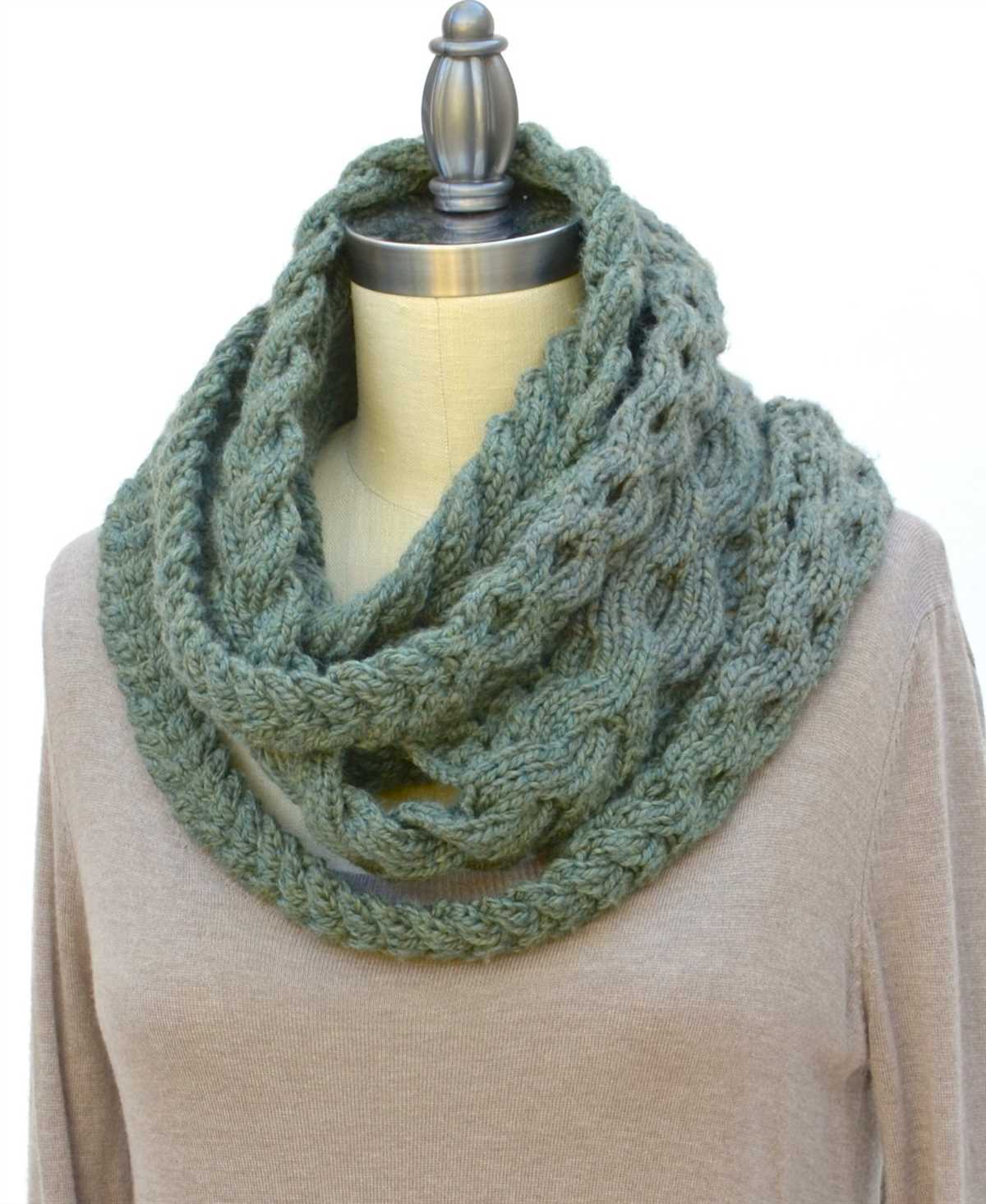
Scarf knitting is a popular craft that is both relaxing and rewarding. With countless possibilities for design and color, knitters can create unique and stylish scarves to keep themselves or their loved ones warm during the colder months. One type of yarn that is gaining popularity among knitters is sock yarn, which is known for its durability and elasticity. It is perfect for creating scarves that are not only cozy but also lightweight and comfortable to wear.
Knitted scarf patterns using sock yarn offer a great way to experiment with different textures and stitch patterns. The thinness of sock yarn allows for intricate lace patterns that can add a touch of elegance to your scarf. Alternatively, you can opt for a simple garter stitch pattern to create a classic and timeless look. The versatility of sock yarn also means that you can easily adjust the length and width of your scarf to fit your personal preferences.
One of the advantages of using sock yarn for scarf knitting is the wide range of colors and patterns available. From solid colors to variegated and self-striping yarns, you can find a sock yarn that matches your personal style and taste. Whether you prefer a bold and vibrant scarf or a more subtle and sophisticated design, there is a sock yarn that will suit your needs. Knitting a scarf with sock yarn allows you to create a wearable work of art that will not only keep you warm but also make a fashion statement.
Why choose sock yarn for knitting scarves?
In the world of knitting, sock yarn has become a popular choice for creating scarves. While traditionally used for making socks, this type of yarn offers many benefits and unique qualities that make it perfect for scarves as well.
1. Durability: Sock yarn is specifically designed to withstand wear and tear, making it a great choice for scarves that will be regularly worn and exposed to the elements. The strong fibers used in sock yarn ensure that your scarf will stay intact and resist pilling, even after many uses and washes.
2. Elasticity: Sock yarn typically contains a small percentage of stretchy fibers, such as nylon or spandex. This elasticity allows the scarf to comfortably wrap around your neck and retain its shape over time. The added stretch also makes it easier to tie the scarf in different styles, giving you more versatility in wearing options.
3. Varied color options: Sock yarn comes in a wide range of beautiful and vibrant colors, allowing you to create scarves that are visually appealing and match your personal style. Whether you prefer bold and bright hues or subtle and neutral tones, sock yarn has options to suit every taste.
4. Lightweight and breathable: Scarves made with sock yarn are lightweight and breathable, making them suitable for both chilly and transitional weather. The natural fibers used in sock yarn, such as merino wool or bamboo, provide warmth without feeling bulky or heavy. This makes sock yarn scarves comfortable to wear for extended periods, without causing overheating or discomfort.
5. Versatility: Sock yarn can be used to create a variety of scarf patterns and stitch designs. Whether you prefer a simple garter stitch or intricate lace patterns, sock yarn can adapt to different knitting techniques and create stunning results. Its versatility makes it an excellent choice for both beginner and experienced knitters looking to explore new projects.
In conclusion,
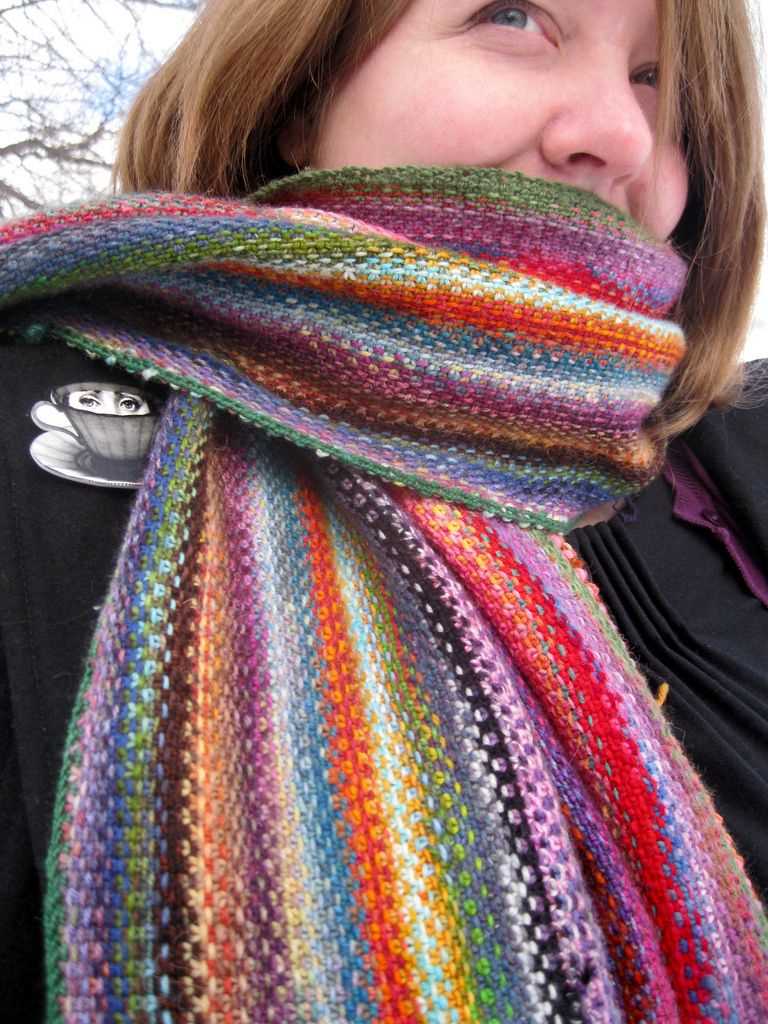
choosing sock yarn for knitting scarves offers durability, elasticity, a wide range of colors, and lightweight breathability. Furthermore, its versatility allows for various scarf patterns and stitch designs. So, if you’re looking to create a stylish and durable scarf, sock yarn is an excellent choice.
Types of sock yarn for knitting scarves
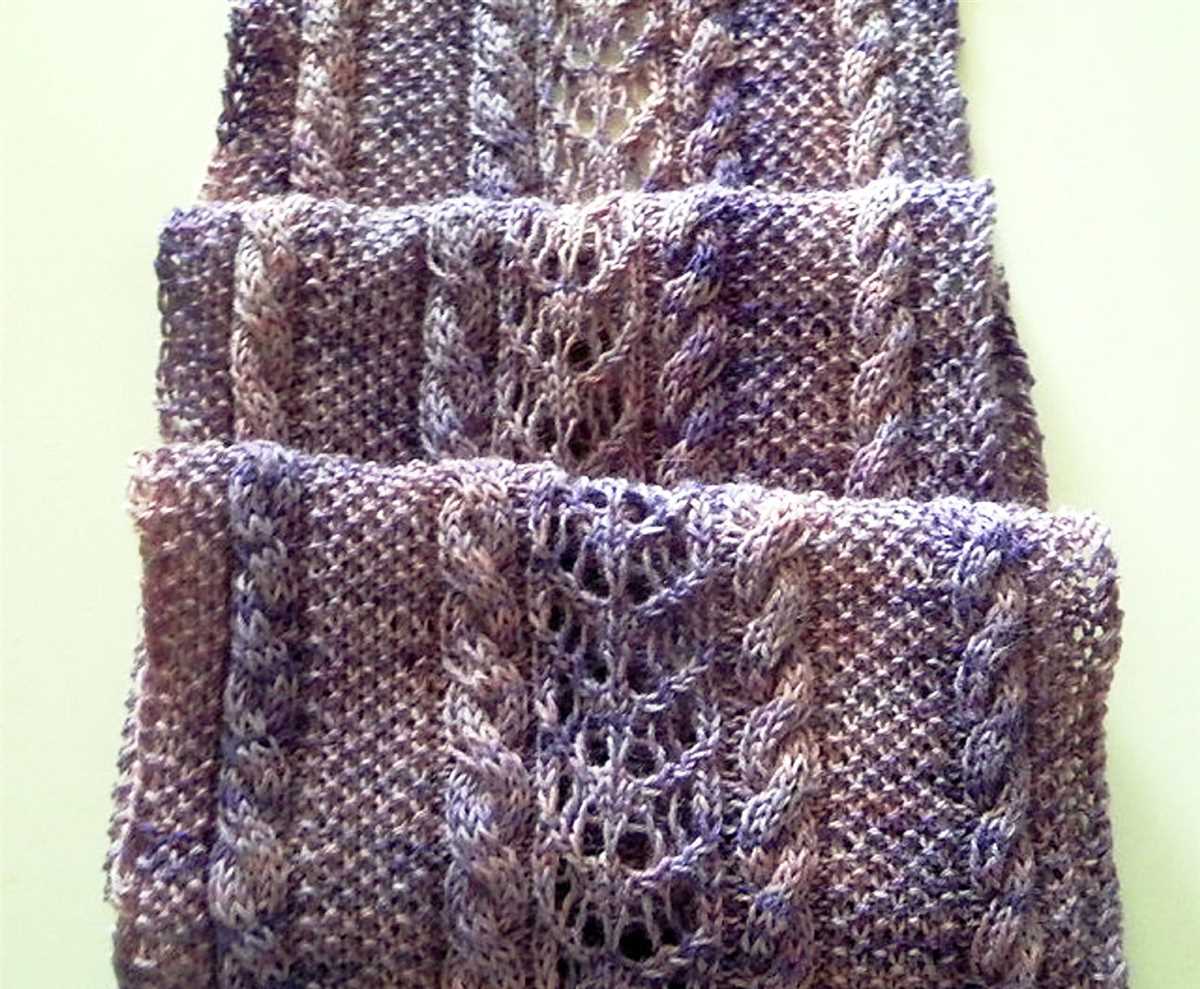
Sock yarn is a popular choice for knitting scarves due to its durability and versatility. With its tight spin and fine weight, sock yarn is ideal for creating lightweight yet warm scarves that can withstand regular wear and tear. The type of sock yarn you choose for your scarf will depend on your personal preferences and the desired outcome of your project.
Solid-colored sock yarn: Solid-colored sock yarn is a classic choice for knitting scarves. It offers a clean and timeless look, making it perfect for both casual and formal outfits. Solid-colored sock yarn allows the focus to be on the texture and stitch pattern of the scarf, making it a versatile option for various knitting designs.
Variegated sock yarn: Variegated sock yarn features multiple colors in a single skein, creating a vibrant and eye-catching look. This type of sock yarn is great for adding visual interest and depth to your scarf. The variegated colors can enhance different stitch patterns and create unique color combinations, making your scarf one-of-a-kind.
Self-striping sock yarn: Self-striping sock yarn is designed to create stripes automatically as you knit. This allows you to create scarves with intricate striped patterns without the hassle of changing yarn colors. Self-striping sock yarn adds a fun and playful element to your scarf, making it a great choice for those who enjoy experimenting with different color combinations.
Gradient sock yarn: Gradient sock yarn features a gradual color transition from one shade to another. This type of yarn is perfect for creating scarves with an ombre effect or gradient color scheme. Knitting with gradient sock yarn can result in a visually stunning scarf with a smooth transition of colors, adding depth and visual interest to your project.
When choosing sock yarn for knitting scarves, it’s important to consider the fiber content, weight, and gauge of the yarn. Different fibers have different properties, such as warmth and softness, while the weight and gauge will determine the thickness of the scarf. Experimenting with different types of sock yarn can help you discover the best option for your knitting projects.
Tips for choosing the right sock yarn for your scarf
If you are planning to knit a scarf using sock yarn, it is important to choose the right type of yarn to ensure the best results. Here are some tips to help you select the perfect sock yarn for your project:
1. Consider the fiber content
When choosing sock yarn, consider the fiber content of the yarn. Common sock yarn fibers include wool, nylon, and acrylic. Wool is a popular choice for sock yarn as it is warm and durable, while nylon adds strength and durability to the yarn. Acrylic yarns are often less expensive and can be a good choice for those with wool allergies.
2. Check the weight and yardage
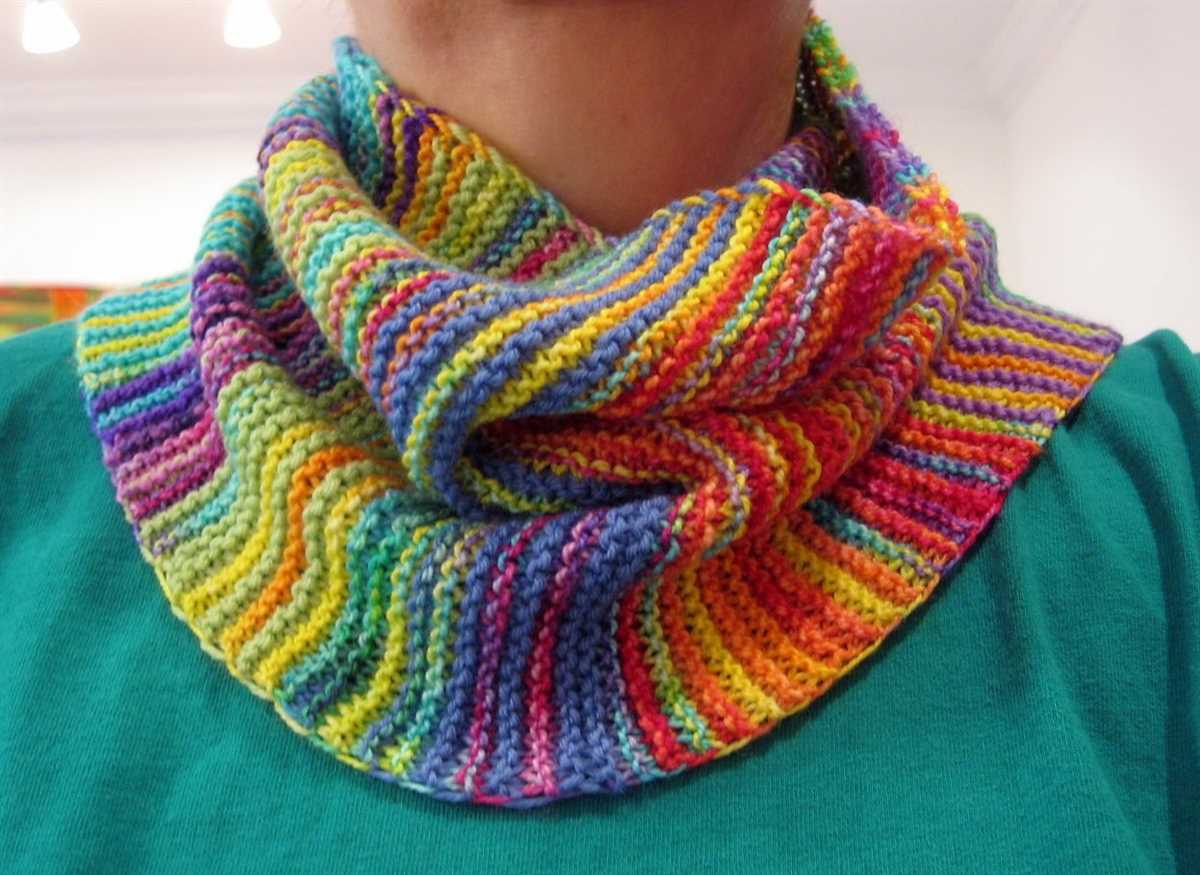
Make sure to check the weight and yardage of the sock yarn to ensure you have enough for your project. Sock yarn typically comes in fingering weight or sock weight, which is usually thinner than worsted weight yarn. Fingering weight yarns have more yardage per skein, so you may need fewer skeins to complete your scarf.
3. Consider the color and pattern
Think about the color and pattern you want for your scarf. Sock yarns come in a wide range of colors, from solid hues to variegated or self-striping options. Variegated yarn can create interesting patterns in your scarf, while self-striping yarn can create stripes without the need for color changes. Consider the desired effect you want for your scarf and choose a yarn accordingly.
4. Don’t forget about washing instructions
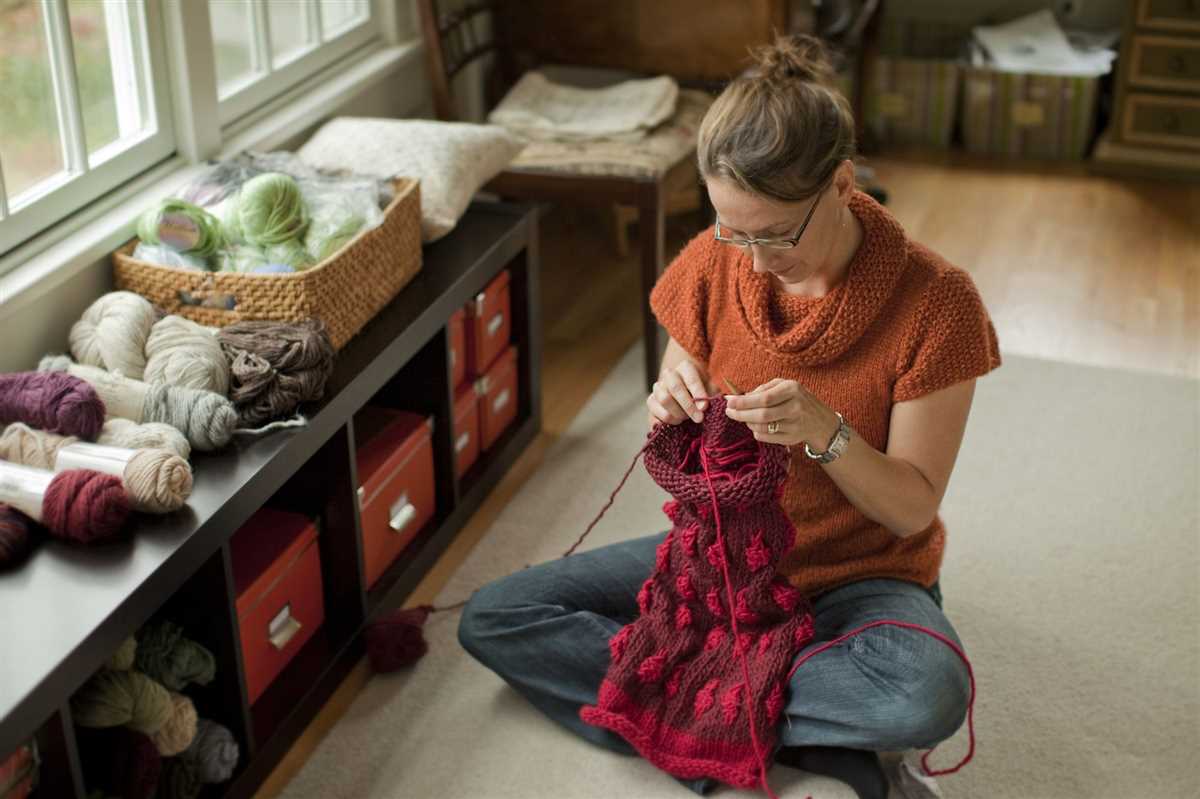
Check the washing instructions for the sock yarn before making your final decision. Some sock yarns require hand washing, while others can be machine washed. It is important to choose a yarn that fits your lifestyle and the care you are willing to provide for your finished scarf.
- Consider the fiber content: wool, nylon, and acrylic.
- Check the weight and yardage: fingering weight or sock weight.
- Consider the color and pattern: solid, variegated, or self-striping options.
- Don’t forget about washing instructions: hand wash or machine wash.
Basic Knitted Scarf Pattern Using Sock Yarn
A scarf is a versatile accessory that not only keeps you warm during the colder months but also adds a stylish touch to any outfit. Knitting your own scarf using sock yarn allows you to create a unique and personalized accessory that showcases your knitting skills.
To make a basic knitted scarf using sock yarn, you will need the following materials:
- Size 4mm knitting needles
- Approximately 400 yards of sock yarn
- Tapestry needle
Once you have gathered your materials, follow these simple steps to create your scarf:
- Cast on 30 stitches using the long-tail cast on method.
- Work in garter stitch (knit every row) for the desired length of your scarf. This can vary depending on your preference.
- When you have reached your desired length, bind off all stitches.
- Weave in any loose ends using a tapestry needle.
This basic pattern allows you to focus on the beauty of the sock yarn and creates a simple yet elegant scarf. If you want to add some variation, you can incorporate different stitch patterns or stripes by changing colors of the yarn.
Remember to choose a sock yarn that is soft and durable, as it will be in contact with your skin. Sock yarns typically have nylon in their composition, making them strong and long-lasting.
With this basic knitted scarf pattern using sock yarn, you can create a cozy and fashionable accessory that will keep you warm in style.
How to add texture to your knitted sock yarn scarf
When knitting a scarf using sock yarn, you have the opportunity to add interesting textures to your project. This can elevate a simple scarf into a unique and eye-catching accessory. There are several techniques you can use to add texture to your knitted sock yarn scarf.
Cables: One popular way to add texture is by incorporating cables into your scarf. This technique involves crossing stitches over each other, creating a twisted, braided effect. You can create simple or intricate cable patterns depending on your skill level and preference.
Slip stitch patterns: Another way to add texture to your scarf is by using slip stitch patterns. This technique involves slipping one or more stitches without knitting them, which creates a raised texture on the surface of your fabric. Slip stitch patterns can be simple or complex, and they often involve alternating colors.
Lace patterns: Lace patterns are a beautiful way to add both texture and visual interest to your knitted sock yarn scarf. Lace patterns typically involve yarn overs and decreases to create an open, airy fabric. You can choose from a wide variety of lace stitch patterns, from simple to intricate, to add a delicate touch to your scarf.
Ribbing: Ribbing is a classic technique that adds a stretchy and textured border to your scarf. Ribbing is usually achieved by alternating knit and purl stitches in a specific pattern. You can vary the width and pattern of the ribbing to create different effects.
Combining techniques: Don’t be afraid to mix and match different texture techniques to create a truly unique scarf. For example, you can incorporate cables into a lace pattern for a more complex look, or you can combine slip stitch patterns with ribbing for added depth. Let your creativity guide you and experiment with different textures to find what works best for your project.
Knitting a Lace Pattern Scarf with Sock Yarn
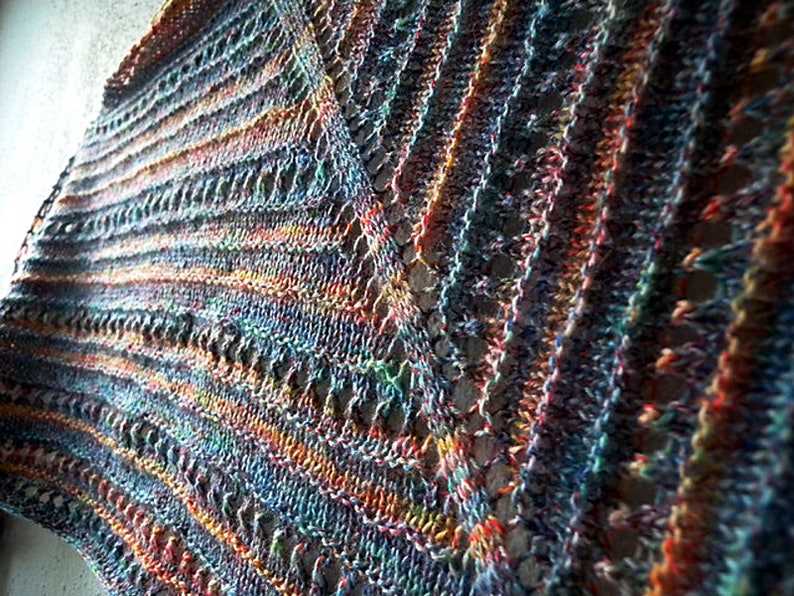
If you’re looking for a knitting project that combines the delicate beauty of lace with the practicality of a scarf, then knitting a lace pattern scarf with sock yarn is the perfect choice. Sock yarn, with its fine weight and tight twist, lends itself well to intricate lace patterns, resulting in a scarf that is both lightweight and warm.
Choosing the Right Pattern: When selecting a lace pattern for your scarf, consider the complexity of the design and your skill level. There are numerous lace patterns available, ranging from simple and repetitive to intricate and challenging. Look for a pattern that matches your desired level of difficulty and appeals to your aesthetic preferences.
Working with Sock Yarn: Sock yarn, typically made from a blend of wool and nylon, is known for its durability and elasticity. These properties make it an excellent choice for a scarf that will withstand wear and maintain its shape over time. When working with sock yarn, it’s important to use knitting needles that complement the yarn weight. Check the yarn label for the recommended needle size and adjust accordingly.
Knitting Techniques: Lace patterns often involve techniques such as yarn overs, decreases, and increases. Familiarize yourself with these techniques before starting your scarf, as they will be used frequently throughout the pattern. Take the time to practice and master these techniques to ensure your lace pattern turns out beautifully.
Blocking: Once you’ve finished knitting your lace pattern scarf with sock yarn, blocking is a crucial step to enhance the drape and shape of the finished piece. Gently washing the scarf and then pinning it out to the desired dimensions will help open up the lace pattern and give it a professional, finished look.
Final Thoughts: Knitting a lace pattern scarf with sock yarn can be a rewarding project, resulting in a beautiful accessory that showcases both your knitting skills and your love for intricate designs. Don’t be afraid to experiment with different lace patterns and color combinations to create a unique and personalized scarf that you’ll love to wear or give as a gift.
Cable knitting techniques for sock yarn scarves
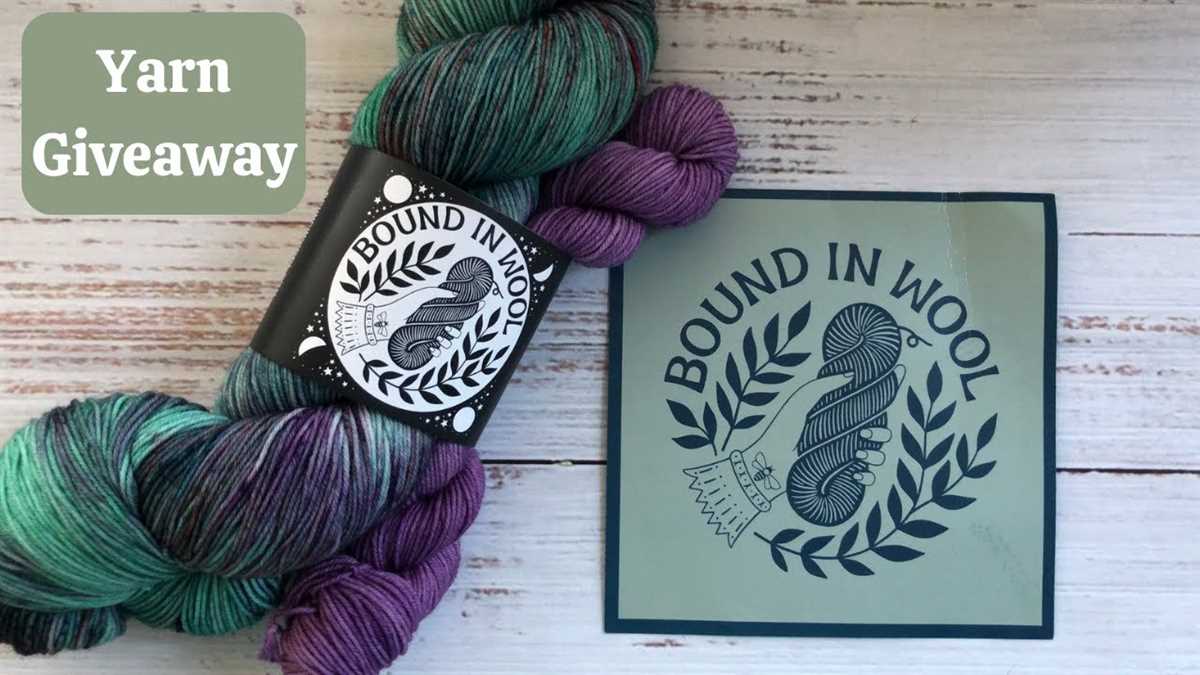
Cable knitting is a popular technique used in creating beautiful and intricate patterns for scarves made from sock yarn. This technique involves crossing stitches over each other, creating a twisted effect that adds texture and visual interest to the knitted fabric.
To create cable patterns in a scarf made from sock yarn, you will need a cable needle, which is a short, double-pointed needle used to hold the stitches while crossing them. Start by casting on the desired number of stitches and then follow the cable pattern instructions, which will indicate when and how to cross the stitches.
Cable knitting often requires a bit more attention and concentration compared to other knitting techniques, but the results are well worth the effort. The intricate cable patterns can create stunning designs, giving your scarf a unique and stylish look. You can choose from a variety of cable patterns, such as simple twists, braids, or more complex designs, depending on your skill level and preference.
When working with sock yarn, it’s important to consider the gauge and the weight of the yarn. Sock yarn is typically lightweight and tightly spun, which can make it a bit more challenging to work with when creating cable patterns. To ensure that your cables stand out, it’s important to choose a sock yarn with good stitch definition and a smooth texture.
Once you have mastered the cable knitting technique, you can experiment with different combinations of cables and create your own unique designs for sock yarn scarves. Whether you prefer a classic cable pattern or want to add a modern twist to your scarf, cable knitting techniques offer endless possibilities for creating beautiful and cozy accessories.
How to choose the right needle size for knitting sock yarn scarves
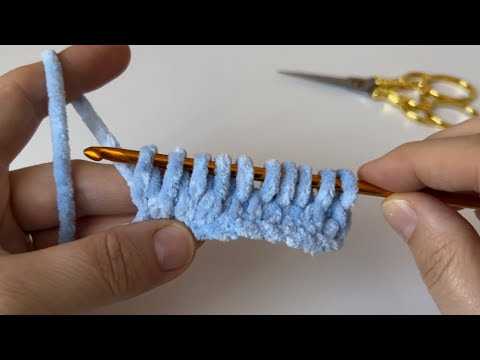
If you’re planning to knit a scarf using sock yarn, it’s important to choose the right needle size to achieve the desired outcome. The needle size you choose will affect the drape, stitch definition, and overall look of your scarf.
Consider the yarn weight: Sock yarn typically falls into the fingering or sock weight category, which is thinner than other yarn weights. It’s important to match the needle size to the yarn weight to ensure that your stitches are not too tight or too loose. The general recommendation for sock yarn is to use a needle size between US 1 to 3 (2.25mm to 3.25mm).
Consider the stitch pattern: The stitch pattern you plan to use for your scarf can also influence your needle size choice. If you’re knitting a simple stockinette stitch scarf, you may want to use a smaller needle size to create a denser fabric with better stitch definition. On the other hand, if you’re using a lace or cable stitch pattern, a larger needle size will help enhance the lace or cable motifs.
Consider your personal gauge: Everybody knits differently, so it’s important to take your personal gauge into account. Before starting your project, it’s a good idea to make a gauge swatch using your chosen yarn and needle size. Measure the gauge of your swatch and compare it to the pattern’s recommended gauge. Adjust your needle size accordingly to match the pattern’s gauge or achieve the desired fabric density.
Experiment and trust your instincts: Knitting is a versatile craft, and sometimes you have to trust your instincts and experiment to find the perfect needle size for your sock yarn scarf. If you’re not happy with the fabric’s drape or stitch definition, try switching to a larger or smaller needle size. Don’t be afraid to try different needle sizes until you find the one that creates the desired look and feel for your scarf.
In summary, choosing the right needle size for knitting a sock yarn scarf involves considering the yarn weight, stitch pattern, personal gauge, and experimenting to achieve the desired outcome. Take your time to find the perfect needle size that will result in a scarf you’ll love to wear or gift to others.
Using variegated sock yarn for colorful scarves
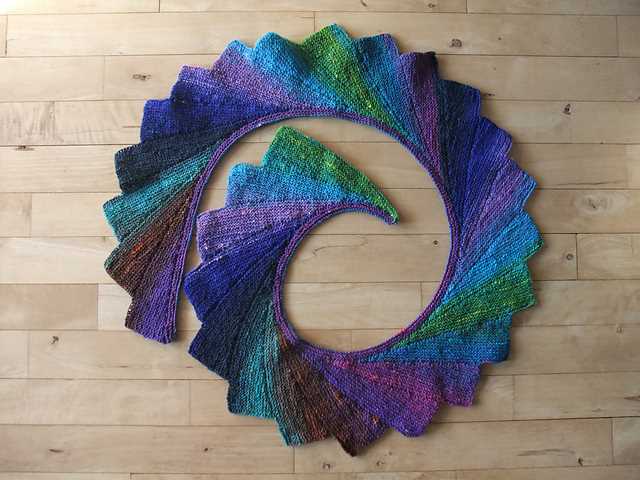
When it comes to knitting scarves, using variegated sock yarn can add a vibrant and colorful touch to your creations. Variegated yarns are known for their multiple shades and colors, making them an excellent choice for creating unique and eye-catching scarves.
Variety of Colors: Variegated sock yarn typically comes in a wide range of colors, allowing you to experiment with different patterns and textures in your scarf. From bright and bold shades to more subtle and muted tones, there is a variegated yarn for every taste and style.
Stripes and Patterns: The varied colors in sock yarn make it perfect for creating striped patterns in your scarf. Whether you prefer narrow or wide stripes, the different hues in the yarn will create a stunning effect that is sure to catch attention. You can also experiment with different stitch patterns, such as garter stitch or ribbing, to add even more dimension to your scarf.
Ombre and Gradient Effects: Another way to make the most of variegated sock yarn is by creating ombre or gradient effects in your scarf. By choosing a yarn where the shades transition gradually from one color to another, you can achieve a beautiful fading effect in your knitted project. This can create a stunning visual appeal and make your scarf a true work of art.
Adding Texture: Variegated sock yarn can also be used to add texture to your scarf. You can incorporate different stitch patterns, such as cables or lace, to enhance the overall look and feel of your knitted accessory. The combination of the colorful yarn and textured stitches will result in a one-of-a-kind scarf.
Overall, using variegated sock yarn for your scarves allows you to unleash your creativity and create unique and colorful accessories. Whether you opt for bold stripes or subtle ombre effects, the vibrant hues of variegated yarn will make your scarves stand out and add an extra touch of excitement to your winter wardrobe.
Knitting a Striped Scarf with Sock Yarn
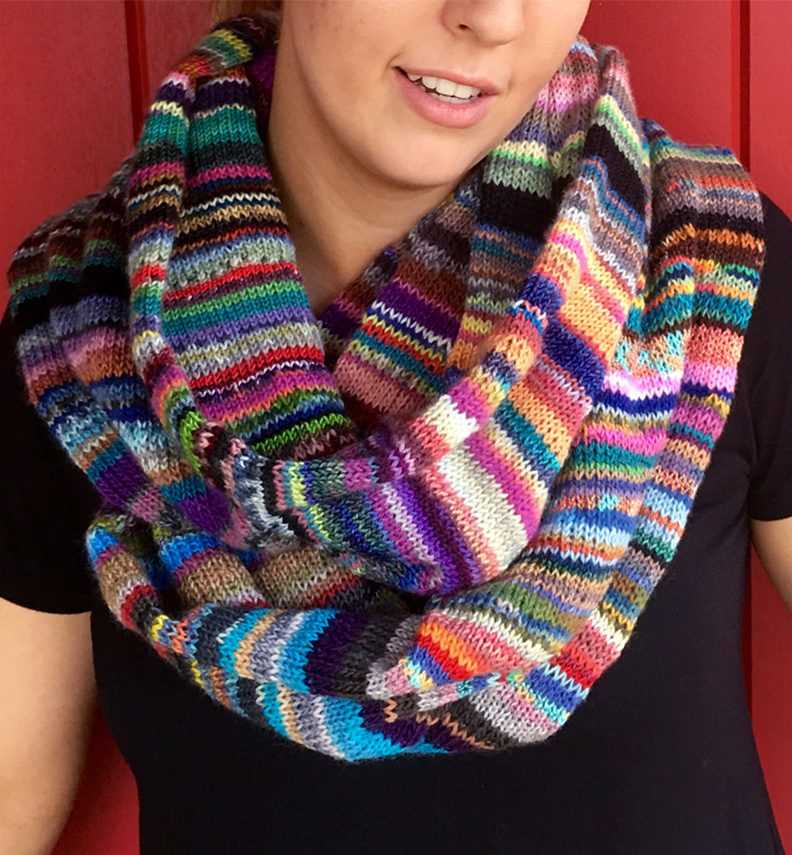
Knitting a striped scarf with sock yarn is a great way to add color and interest to your winter wardrobe. Sock yarn is known for its durability and vibrant colors, making it perfect for creating bold and eye-catching patterns. Whether you’re an experienced knitter or just starting out, a striped scarf is a fun and versatile project that can be customized to suit your own style.
To get started, you’ll need a few skeins of sock yarn in different colors. You can choose complementary colors for a classic look or go wild with contrasting shades for a more unique design. The beauty of using sock yarn is that the colors are already coordinated, so you don’t have to worry about finding the perfect match.
One popular method for knitting a striped scarf is using the garter stitch. This stitch is easy to learn and creates a nice, squishy fabric that is perfect for a cozy winter scarf. Simply knit every row using your chosen colors, switching to a new color every few rows to create the stripes. The garter stitch also creates a reversible fabric, so your scarf will look great from both sides.
Another option is to use the stockinette stitch. This stitch creates a smooth, flat fabric with rows of “V” shapes on one side and purl bumps on the other. To knit a striped scarf in stockinette stitch, alternate between knitting and purling rows with your chosen colors. This stitch pattern can be a bit trickier to work with, as it tends to curl at the edges, so you may want to consider adding a border or blocking the scarf once you’re done.
When knitting a striped scarf with sock yarn, it’s important to keep your tension consistent. This will ensure that your stripes are even and your scarf has a polished look. If you find that your tension is changing between colors, you can try using a smaller needle size for the lighter colors and a larger needle size for the darker ones. This will help to even out any tension variations.
Overall, knitting a striped scarf with sock yarn is a fun and rewarding project that allows you to experiment with color and texture. Whether you choose the garter stitch or stockinette stitch, the end result will be a cozy and stylish accessory that will keep you warm all winter long.
Using self-striping sock yarn for effortless color changes
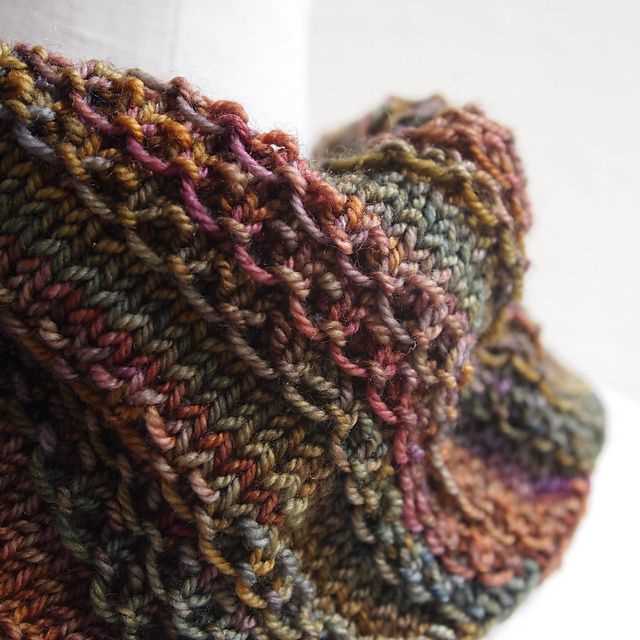
Knitting a scarf using self-striping sock yarn can be a fun and easy way to create beautiful and unique patterns without the hassle of changing colors manually. This type of yarn is designed to create stripes as you knit, making the process of adding color variation to your project effortless.
One of the advantages of using self-striping sock yarn is that it eliminates the need to carry multiple balls of yarn and constantly change colors. The yarn itself contains different colors that are pre-determined to create stripes, which means you don’t have to worry about choosing the right color combinations or keeping track of color changes. Simply knit with the yarn as it is and let the colors do the work for you.
When using self-striping sock yarn for a knitted scarf, you can achieve various patterns depending on the design of the yarn. Some yarns create evenly spaced stripes, while others create more random patterns. The possibilities are endless and it’s up to you to decide which type of pattern you prefer.
To make the most of self-striping sock yarn, it’s important to choose the right pattern and stitch. Keep in mind that the color changes in the yarn may not align perfectly with specific stitch patterns, so it’s best to choose simple stitches that allow the colors to shine. Garter stitch, ribbing, or simple lace patterns can work well with self-striping yarn and let the colors take center stage.
Whether you’re a beginner or an experienced knitter, using self-striping sock yarn can add an exciting element to your scarf projects. It eliminates the need for intricate color changes and allows you to create beautiful, eye-catching patterns effortlessly. So why not give it a try and see the magic of self-striping yarn unfold before your eyes!
Creative ways to combine different sock yarns for unique scarf designs
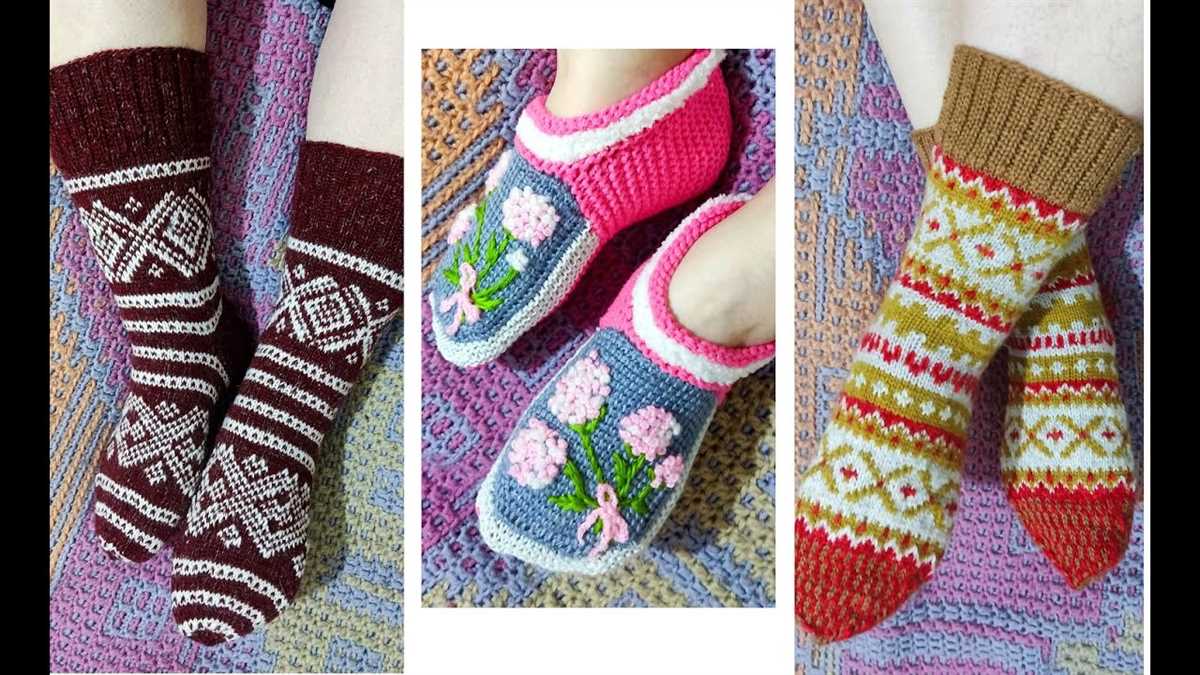
Knitting scarves with sock yarn allows for endless possibilities of color and texture combinations. By mixing different sock yarns in various ways, you can create unique and eye-catching scarf designs. Here are a few creative ways to combine different sock yarns:
1. Stranded colorwork:
Combine two or more different sock yarns in a stranded colorwork pattern to create a visually striking scarf. Choose yarns in contrasting or complementary colors to make the design pop. Experiment with different fair isle or stranded knitting techniques to achieve different effects.
2. Gradient or ombre effect:
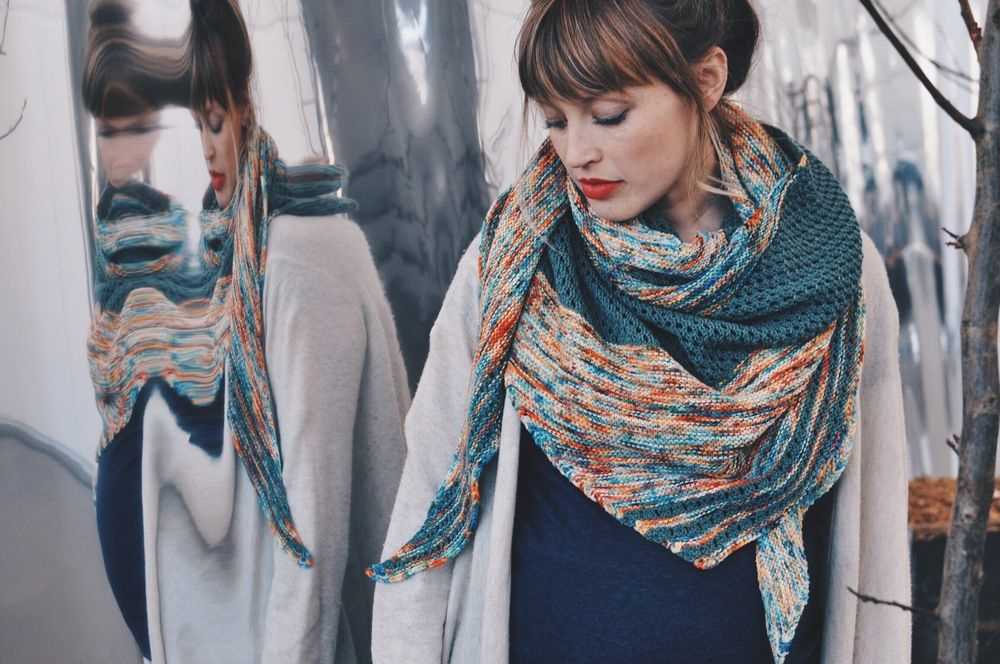
Create a gradient or ombre effect by using different shades of the same sock yarn. Start with one color and gradually transition to another by blending the two yarns together row by row or using a fading technique. This can create a beautiful and subtle color shift in your scarf.
3. Textured stitch patterns:
Combine different sock yarns with varying textures to create a unique scarf with different stitch patterns. Mix a smooth and shiny yarn with a fluffy and textured one to add depth and interest to your design. Experiment with lace, cable, or ribbing patterns to create different textures.
4. Patchwork design:
Take scraps or leftover sock yarns and combine them in a patchwork design. Knit small squares or rectangles using different yarns, and then sew them together to create a colorful and eclectic scarf. This is a great way to use up leftover yarn and add a playful touch to your design.
In conclusion, combining different sock yarns in creative ways opens up a world of possibilities for unique and personalized scarf designs. Whether you choose to play with color, texture, or patchwork techniques, experimenting with different sock yarns will result in a stunning and one-of-a-kind accessory. So grab your needles, gather your yarn stash, and let your imagination run wild!